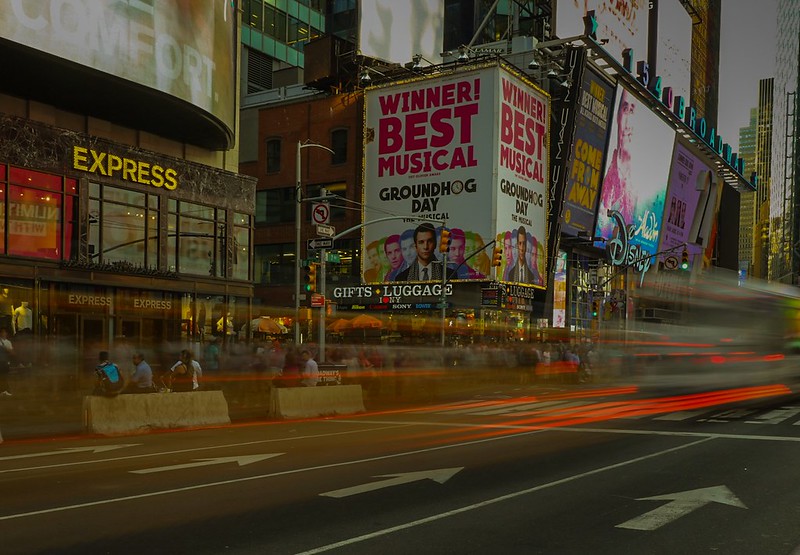- Messages
- 53
- Name
- Graham
- Edit My Images
- Yes
I have a good 10 stop circular filter for the obvious uses of slowing down water and clouds but many people ( vloggers ) carry a 3 stop ND as well. I have given this some thought but do not really see when I would want to use one that has that little effect. Can anyone enlighten me ?


 Portland_D810-0392
Portland_D810-0392 Times Square long exposure.
Times Square long exposure. Sunset waves Parton
Sunset waves Parton